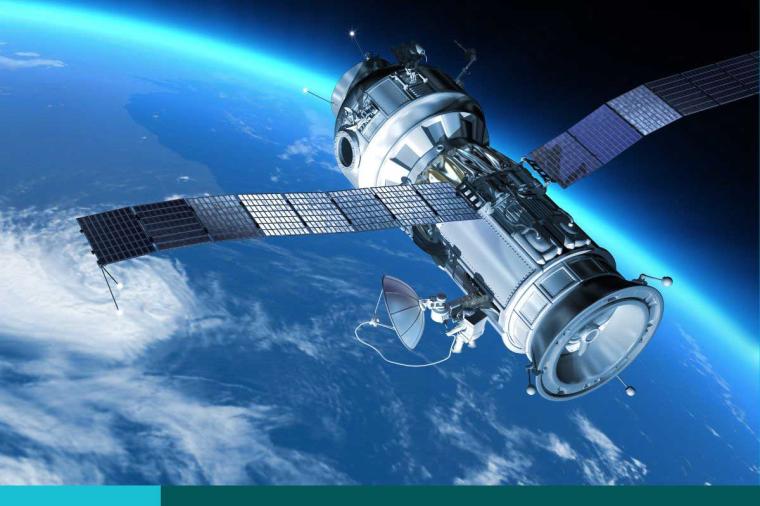With the New Year approaching, What’s the Future of GIS?
After years of development, the use of geospatial technology is exploding in the government. And while it may feel like only yesterday that geospatial applications were only used by GIS specialists, now un-trained users, can access geographic information systems via the Internet and mobile technologies.
Recent years saw the rise of geospatial imagery and analytical tools via the cloud. Products like Lockheed Martin’s Intelligence on Demand for example is a ground-breaking Web-based, low-cost cloud computing tool for law enforcement officials that can be accessed from anywhere – in HQ and via mobile devices in the field. It also supports many phases of an operation, from the initial planning through grand jury presentation and ultimately through prosecution
If cloud computing, 3-D and 4-D analysis, and integration with mobile phones are the hot new applications, what can we look for in 2011 and beyond?
Speaking to GCN, Mark Reichardt, president of Open Geospatial Consortium (OGC), a nonprofit standards organization, said his group is focused on two emerging technologies: Short Message Service (SMS) geotagging and real-time sensors.
“We have a working group right now that is developing an open standard for geoSMS, so that SMS messages can be geotagged,” explained Reichardt, Such tagging would allow emergency services to determine the precise location of someone sending an SMS message. “When there is a disaster, sometimes the communications channels are limited but still available, and sometimes SMS messages can still get through,” he said.
The use of SMS messages, or text messages, in disaster relief is well demonstrated by the Ushahidi Haiti project. Ushahidi is an open source platform for crowd sourcing crisis information. Ushahidi volunteers monitor text messages disseminated from aid workers or the disaster victims themselves, then map the information in near real time to create the most comprehensive and up-to-date crisis map. Rescue workers can use the real-time data and newly-created street maps for information on collapsed buildings, open hospitals and clinics, trapped victims, and more and deploy appropriate resources to the correct locations.
Another area of GIS technology predicted to increase in popularity is sensor technology. Sam Bacharach, a consultant at WiSc Enterprises, a small company that provides engineering services primarily to DOD, agreed.
“I see a lot of live data in the future, what the intelligence community refers to as sensor feeds," Bacharach said. A lot of the sensor data exists, but it’s not yet easy to integrate into geospatial applications. “I’m sure in Seattle there’s a website that you can find online, and you can see what the traffic is like at a given intersection,” he said. “But it’s not integrated with anything else. You may or may not know which direction the camera is pointed. If you’re not familiar with the intersection, you may be able to see that traffic is gummed up going one way and not the other, but you don’t know if it’s the way you’re going. That kind of information is going to be available.”
Where do you expect GIS technology to go from here?
To read the full article visit: GIS' future is with crowds, clouds ... and 4-D: http://gcn.com/articles/2010/03/05/the-rise-of-spatially-enabled-government.aspx
